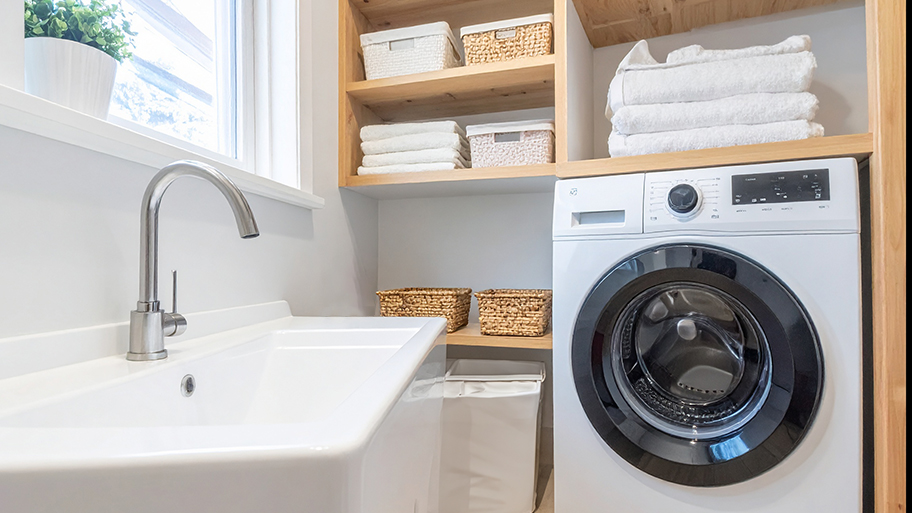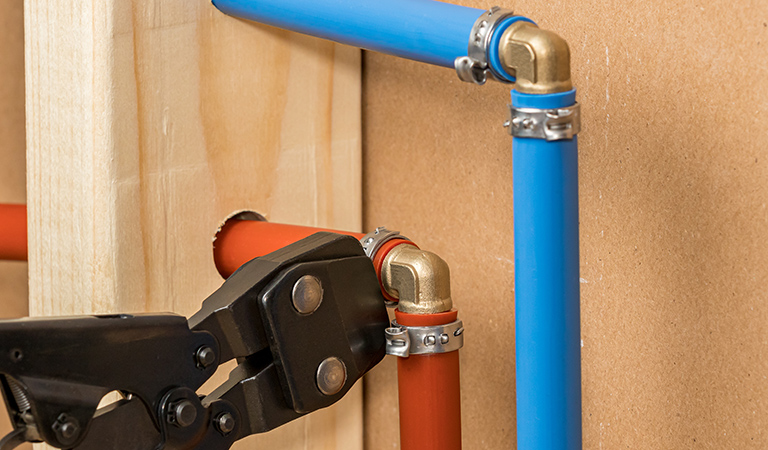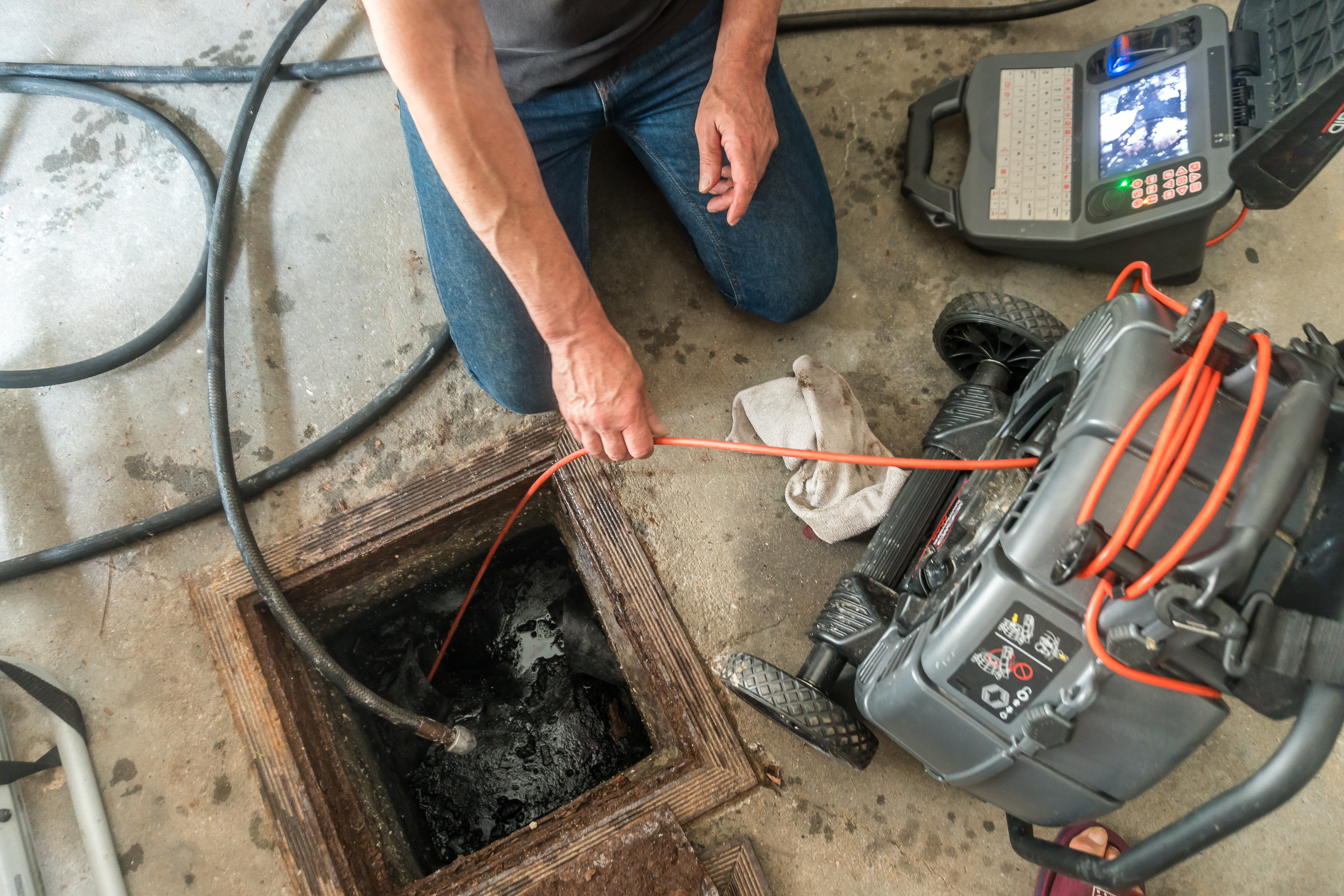
Everyone can relate to having toilet issues—we’ve all been there. There are several reasons why your toilet might need repairs, and the cost varies based on the damage.
Don’t let burst pipes and other issues occur


When the winter chill sets in, the last thing you want is to discover a frozen spigot. This common household problem can lead to a host of issues, including a broken spigot, burst pipes, and water damage. But fear not—there are simple steps you can take to address a frozen spigot and prevent it from causing significant damage to your plumbing system. Let’s explore why certain types of hose bibs freeze, how to identify the signs that yours is frozen, and, most importantly, how to thaw and prevent this issue from occurring again.
Simply put, a frozen spigot occurs because of exposure to freezing temperatures. When the outdoor temperature drops, any water inside the spigot or connected pipes can freeze and expand, which can cause cracks or bursts in the plumbing. During winter months, when spigots are left uninsulated, or when water is left in the spigot or pipes, it can contribute to a frozen outdoor spigot.
You should winterize your pipes before temperatures regularly drop to 32 degrees Fahrenheit. Depending on where you live, this could start as early as September.

Identifying a frozen outdoor spigot is critical to taking swift action before further damage occurs. Here are some telltale signs that your spigot is frozen:
Cold to the touch: To determine whether your faucet has frozen, start by touching it. If it feels cold, it could indicate that the spigot has frozen due to low temperatures.
No water flow: When you attempt to turn on the outdoor faucet and no water comes out, this is a clear indicator of a blockage due to ice.
Visible frost or ice buildup: If you notice frost or ice around the spigot or on the connected pipes, it's a sign of freezing.
Unusual sounds: You may hear strange noises when trying to use the spigot, such as creaking or cracking. This could be the ice inside the pipes shifting, which means the spigot is frozen.
If you determine that your outdoor spigot is frozen, it's important to thaw it out as soon as possible to prevent further damage to the fixture and your pipes.
Never attempt to thaw a spigot with an open flame, such as a blow torch. This can lead to fires and damage to your plumbing system. Instead, use one of these tried and true, safer methods.
Heat tape and heating pads are excellent tools for thawing a frozen spigot and any sections of frozen pipe. Heat tape is a flexible electrical heating element designed to wrap around pipes and prevent freezing, whereas a heating pad is a flat sheet of material that heats up.
Disconnect the hose from the spigot if it’s possible to do so without damaging it.
Wrap the heat tape or heating pad tightly around the spigot, starting at the base of the spigot and working your way to the spout.
Use electrical tape or zip ties to secure it in place.
Connect your heating tool to a power source and follow the manufacturer's instructions for temperature settings.
Allow the heated element to work its magic, and soon enough, your frozen spigot should thaw. Be patient—it may take several minutes, depending on the severity of the freeze.
Turn on the water to the outdoor faucet to see if the ice blockage has cleared. If not, start from the beginning to continue thawing the spigot.
If you don't have heat tape or a heating pad on hand, a hairdryer can be a handy alternative for thawing a frozen spigot. This is a highly popular method for unfreezing spigots and pipes since most homeowners have this handy tool in their arsenal already.
Make sure the hairdryer is safely plugged in and positioned close to the spigot.
Set the hairdryer to its highest heat setting and aim the hot air at the spigot and surrounding pipes.
Continuously move the hairdryer back and forth to distribute the heat evenly.
Be patient and allow the hot air to melt the ice inside the spigot and pipes.
After several minutes, turn on the water. If water isn’t running freely, continue blowing hot air to thaw the frozen spigot.
A hairdryer is a safe and readily available solution for thawing a frozen spigot, but it may require more effort and time than heat tape or a heating pad.
If you prefer a more traditional approach or don’t have any heating tools on hand, use rags and hot water to thaw a frozen spigot.
Heat a pot of water on the stove until it reaches boiling point.
Soak clean rags or towels in the boiling water. Wear protective gloves (or oven mitts) to prevent nasty burns.
Wrap the soaked rags around the frozen spigot and the adjacent pipes.
As the hot rags transfer heat to the frozen area, they will gradually melt the ice. Keep replacing the rags with freshly soaked ones until water runs freely through the spigot.
This method is straightforward but may require extra time and effort, especially if the freeze is severe.

Preventing a frozen spigot is far more manageable than dealing with the consequences of one, which is why it’s always recommended to winterize your outdoor spigots before freezing weather hits.
To winterize your outdoor faucet, you should first disconnect all hoses from the spigot, thoroughly drain them, and store them indoors to prevent damage and freezing. Then, locate and turn off the water supply valve that controls the outdoor spigot to prevent water from reaching it throughout the winter. Open the spigot to allow any remaining water to drain out, keeping it in the open position for the cold months.
Consider further insulating your spigot by installing outdoor faucet covers for an extra layer of protection against freezing temperatures.
If you're installing a new spigot or replacing an old one, opt for a frost-free hose bib. These are basically freeze-proof faucets that are specially designed to prevent frozen spigots and pipes by placing the shutoff valve deeper inside the heated part of your home.
Following these steps can significantly reduce the risk of your outdoor spigot freezing during the winter. That will ultimately save you time, money, and the hassle of dealing with a frozen spigot or damage caused by burst pipes.
Thawing a frozen spigot is generally a DIY-friendly task, and most homeowners can handle it using the methods outlined above. However, there are situations where it's recommended that you call in a professional plumber near you:
Cracked pipes: If your frozen spigot has led to cracked or burst pipes, seek the help of a licensed plumber. This is a more significant issue that requires expert repair.
Persistent freezing: If your outdoor spigot freezes frequently despite taking preventive measures, it may be a sign of a larger plumbing issue. A plumber can inspect your plumbing system and recommend necessary repairs or upgrades.
Inaccessible pipes: If the frozen section of the spigot or pipes is in an inaccessible or hard-to-reach area, it's safer to let a professional handle the thawing process to avoid potential damage.
In most cases, thawing a frozen spigot is a straightforward task you can handle independently. However, if you encounter any issues, contact the pros to assess and resolve the issue before it causes further damage.
From average costs to expert advice, get all the answers you need to get your job done.

Everyone can relate to having toilet issues—we’ve all been there. There are several reasons why your toilet might need repairs, and the cost varies based on the damage.

Plumbing inspection costs depend on the issue you’re looking into and the size of your home. Learn what you can expect to pay.

The cost to add plumbing to a detached garage depends on several factors, including the type of plumbing and the garage's distance from your home.

Discover the average plumbing stack replacement cost, key price factors, and expert tips to help you budget for your home’s plumbing upgrade.

Understand Title 5 inspection costs, including average prices, key cost factors, and tips to save money on your septic system inspection.

This guide will tell you everything you need to know about different types of showerheads, from eco-friendly, low-pressure models to panel systems.